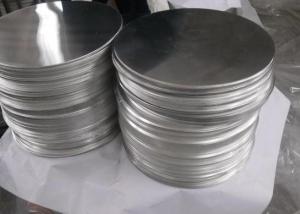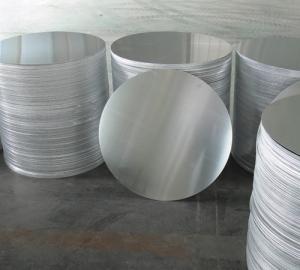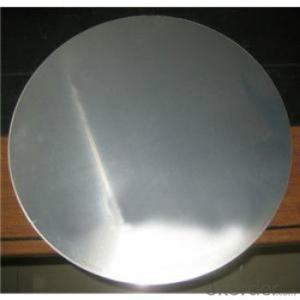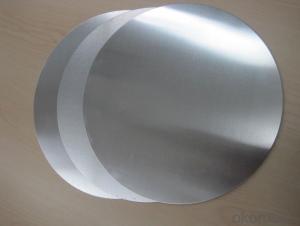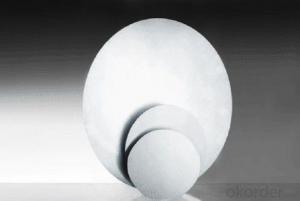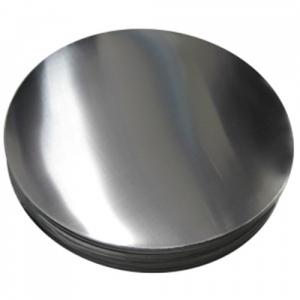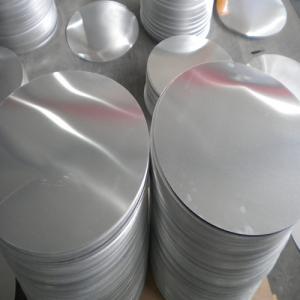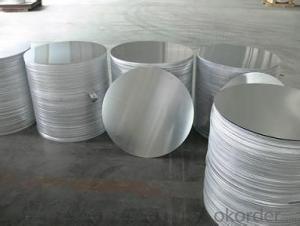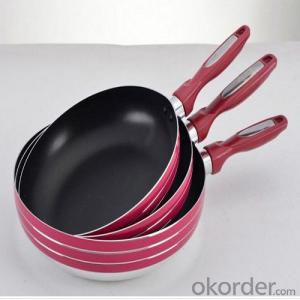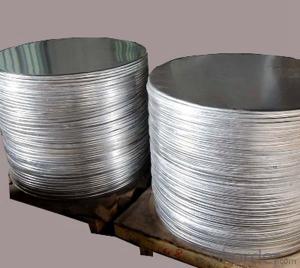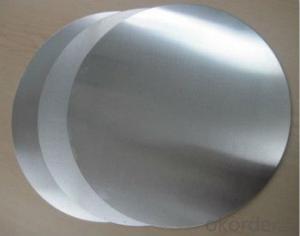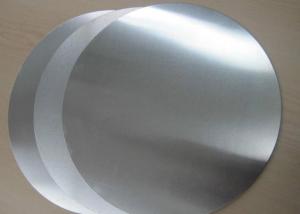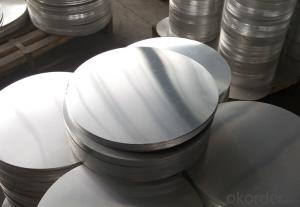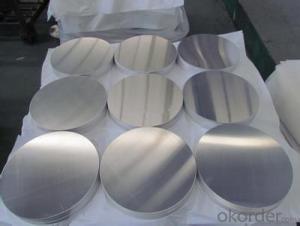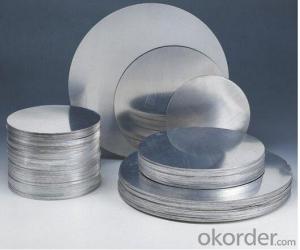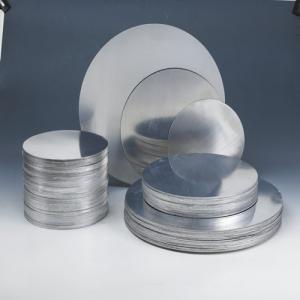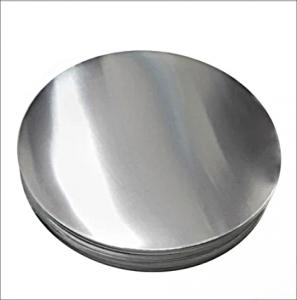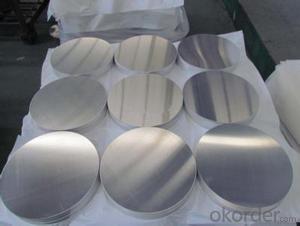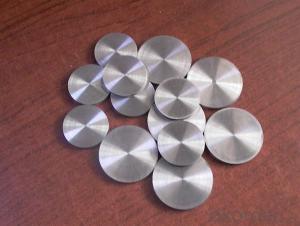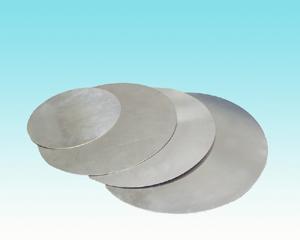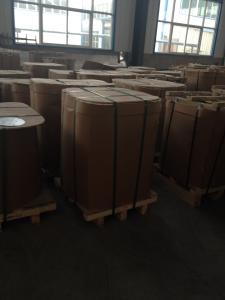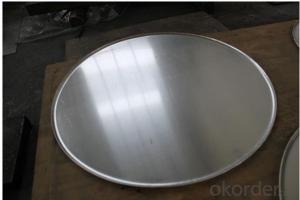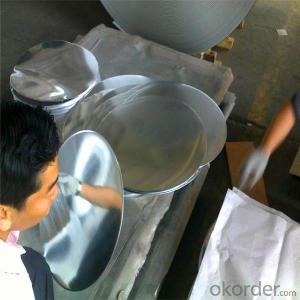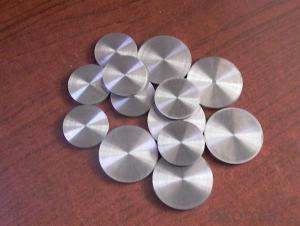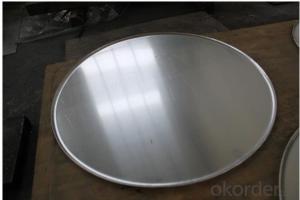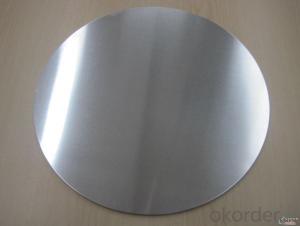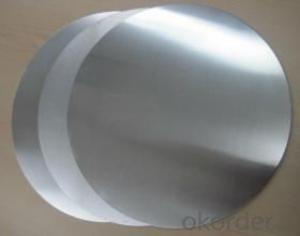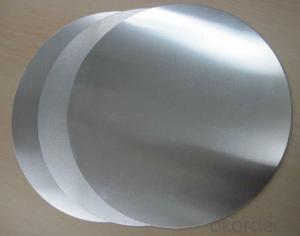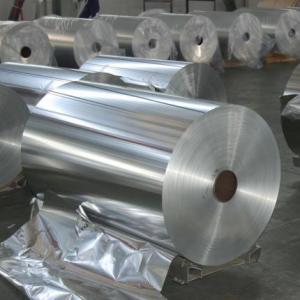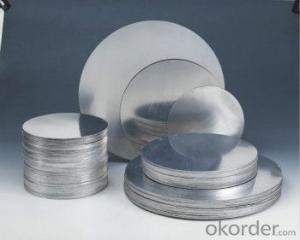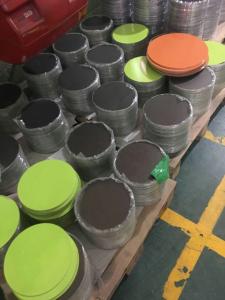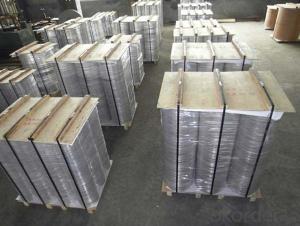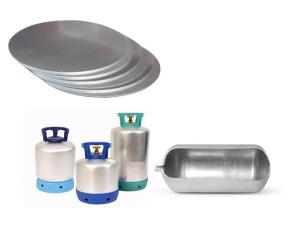Circle Aluminum
Circle Aluminum Related Searches
Aluminum Circle Circle Brushed Aluminum Aluminium Circle Wholesale Aluminum Circle Aluminum Tray Circle Aluminum Circle Manufacturers Aluminum Sheet Circle Brushed Aluminum Circle Aluminum Circle Pan Aluminum Circle Sheet Aluminum Circle For Cookware Cooking Aluminium Circle Angle Aluminum Circular Aluminum Plate Aluminum Wheels Round Stock Aluminum Aluminum Mill Aluminum Round Stock Near Me Aluminum Round Plate Aluminum Angle Circle Packaging Machinery Inc Stock Aluminum Aluminum Stock Coil Aluminum Angle Stock Aluminum Round Aluminum Stock Tank Stock Tank Aluminum 1 Aluminum Round Stock Stainless Steel Aluminum Square Stock AluminumCircle Aluminum Supplier & Manufacturer from China
Circle Aluminum is a versatile product that encompasses a wide range of aluminum circles and discs, catering to various industries and applications. These products are known for their strength, durability, and lightweight characteristics, making them ideal for numerous uses such as in construction, automotive, aerospace, and consumer electronics. The aluminum circles are available in different sizes, thicknesses, and finishes, ensuring that they meet the specific requirements of each project.The application and usage scenarios of Circle Aluminum are vast, as they can be found in everything from architectural structures to high-tech gadgets. In construction, aluminum circles are used for roofing, cladding, and facades, providing a durable and weather-resistant material that also offers a sleek and modern aesthetic. In the automotive industry, they are utilized in the manufacturing of car parts, such as wheels and engine components, due to their strength-to-weight ratio and resistance to corrosion. Additionally, in consumer electronics, aluminum circles are employed in the production of various components, including casings and heat sinks, for their thermal conductivity and electromagnetic shielding properties.
Okorder.com stands out as a leading wholesale supplier of Circle Aluminum, boasting a large inventory that caters to the diverse needs of customers worldwide. With a commitment to quality and customer satisfaction, Okorder.com ensures that the aluminum circles they provide meet the highest industry standards. Their extensive range of products and competitive pricing make them a go-to source for businesses looking to purchase Circle Aluminum in bulk.
Hot Products
